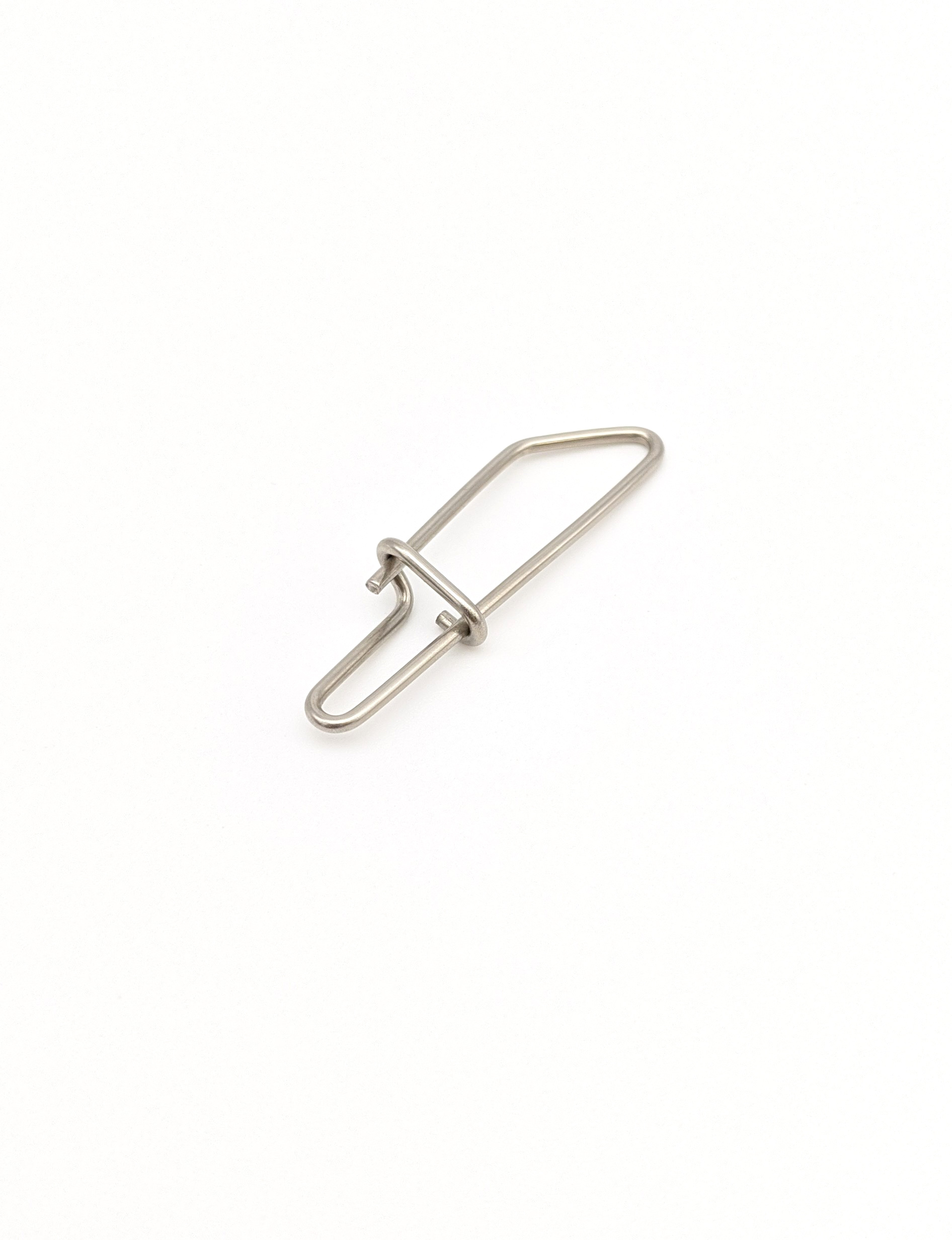Get unique, complex parts easily. No matter your requirements, Chaoyi Spring creates hard-to-produce coil springs and wire forms.
Let us help you create the custom wire form you need, from S-hooks and J-hooks to utility hooks and more.
We work closely with customers across a wide range of industries, helping them design and manufacture made-to-order parts.
Why choose Chaoyi Spring? We prioritize customer-focused collaboration, modern equipment and the latest technology to make your parts per print.
Find the information and guidance you need, from measuring a spring to learning about materials, placing an order and much more.
Springs, those ubiquitous components that store and release mechanical energy, play a crucial role in countless applications. From suspension systems in vehicles to the delicate mechanisms of clocks, springs ensure


Springs, those ubiquitous components that store and release mechanical energy, play a crucial role in countless applications. From suspension systems in vehicles to the delicate mechanisms of clocks, springs ensure smooth operation and reliable performance. But have you ever wondered how much you can compress a spring before it permanently deforms or even breaks? Determining the maximum spring compression is crucial for safe and efficient operation. This guide delves into the world of spring compression, exploring the key factors influencing maximum deflection and providing practical insights for engineers and enthusiasts alike.

Spring compression refers to the amount of deformation a spring experiences when subjected to an external force. This deformation is measured in terms of deflection, which is the distance the spring compresses from its relaxed state. Springs are designed to resist this compression and return to their original shape upon the removal of the applied force. The ability of a spring to store and release energy is directly related to its stiffness, which is a measure of its resistance to compression.
The maximum spring compression, often referred to as the spring's 'solid height', is the point beyond which further compression can lead to permanent deformation or failure. Several factors determine this critical limit. Let's explore these factors in detail:
The material used to manufacture a spring plays a crucial role in its strength and resilience. Materials like steel, stainless steel, and spring wire offer excellent strength and elasticity, allowing them to withstand significant compression. The choice of material depends on the specific application and the required strength and durability.
The geometry of a spring, including its coil diameter, wire diameter, and number of coils, significantly influences its stiffness and maximum compression. Springs with a smaller coil diameter and a thicker wire diameter tend to be stiffer and can withstand greater compression.
The spring constant, often denoted by 'K', is a crucial parameter that quantifies the stiffness of a spring. It represents the force required to compress the spring by a unit distance. A higher spring constant indicates a stiffer spring that requires more force for a given compression. The spring constant is a direct measure of the spring's ability to resist compression and is essential for determining maximum compression.
The force applied to the spring is the primary factor determining its compression. The maximum compression is directly proportional to the applied force. A higher force will result in greater compression. However, exceeding the spring's design limits can lead to permanent deformation or failure.
Determining the maximum spring compression is critical for ensuring safe and efficient operation. The following formula provides a simple way to calculate the maximum deflection for a given spring:
Maximum Deflection = (Applied Force) / (Spring Constant)
However, it's important to note that this formula provides an idealized calculation. In real-world scenarios, factors like spring fatigue and the material's elastic limit can influence the maximum compression. It's always advisable to consult with spring manufacturers or engineers for precise calculations and to ensure that the spring is correctly rated for the intended application.
Spring fatigue is a phenomenon that occurs when a spring is repeatedly compressed and released. With repeated compression cycles, the spring material can gradually weaken and lose its ability to return to its original shape. This can lead to a reduction in the spring's maximum compression and ultimately to failure.
The rate of fatigue depends on several factors, including the spring material, the applied force, the compression cycle frequency, and the operating environment. Engineers often use fatigue testing to determine the maximum permissible cycles for a specific spring.
Exceeding the maximum spring compression can have serious consequences. It can lead to:
Understanding maximum spring compression is essential for numerous applications, including:
When choosing a spring for a particular application, it's essential to consider the following factors:
Mastering spring compression is crucial for engineers and enthusiasts alike. By understanding the factors influencing maximum compression and the potential consequences of exceeding it, you can ensure the safe and efficient operation of systems that rely on these vital components. Remember to always consult with experts for precise calculations and to select springs that are appropriately rated for the intended application.
So, next time you're working with a spring, remember to pay close attention to its maximum compression. It's a crucial parameter that can make a world of difference in the performance, reliability, and safety of your system. By embracing the principles outlined in this guide, you can confidently design and implement spring-based solutions with a deep understanding of their limitations and capabilities. Remember, a well-chosen and properly utilized spring is a key ingredient for success!
Browse some of the custom wire forms and springs that we manufacture. Don’t see what you need? We specialize in made-to-order products that meet your application requirements.
Visit Our GalleryNeed a custom wire form or coil spring? We make it work. Fill out the contact form and a representative will respond within 1 business day. If you have a PDF or CAD file, you can submit to request a quote.